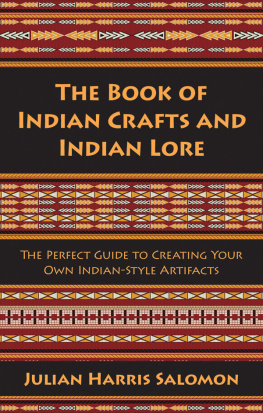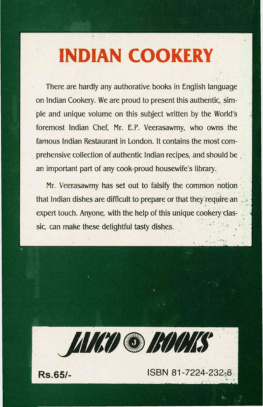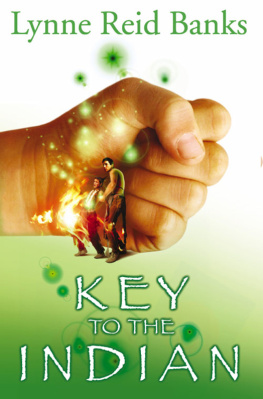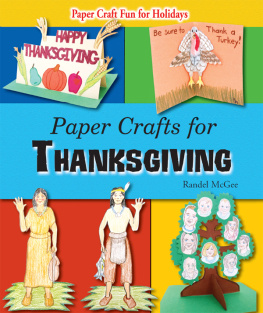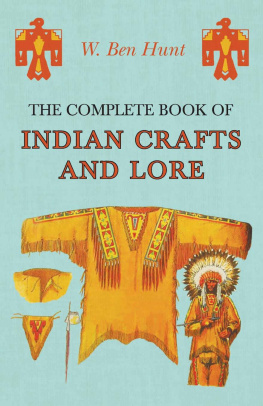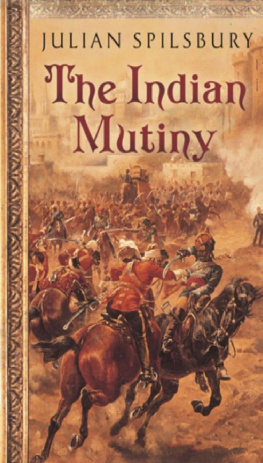Julian Harris Salomon - The Book of Indian Crafts and Indian Lore
Here you can read online Julian Harris Salomon - The Book of Indian Crafts and Indian Lore full text of the book (entire story) in english for free. Download pdf and epub, get meaning, cover and reviews about this ebook. year: 2015, publisher: Skyhorse Publishing, genre: Home and family. Description of the work, (preface) as well as reviews are available. Best literature library LitArk.com created for fans of good reading and offers a wide selection of genres:
Romance novel
Science fiction
Adventure
Detective
Science
History
Home and family
Prose
Art
Politics
Computer
Non-fiction
Religion
Business
Children
Humor
Choose a favorite category and find really read worthwhile books. Enjoy immersion in the world of imagination, feel the emotions of the characters or learn something new for yourself, make an fascinating discovery.
- Book:The Book of Indian Crafts and Indian Lore
- Author:
- Publisher:Skyhorse Publishing
- Genre:
- Year:2015
- Rating:3 / 5
- Favourites:Add to favourites
- Your mark:
- 60
- 1
- 2
- 3
- 4
- 5
The Book of Indian Crafts and Indian Lore: summary, description and annotation
We offer to read an annotation, description, summary or preface (depends on what the author of the book "The Book of Indian Crafts and Indian Lore" wrote himself). If you haven't found the necessary information about the book — write in the comments, we will try to find it.
The Book of Indian Crafts and Indian Lore — read online for free the complete book (whole text) full work
Below is the text of the book, divided by pages. System saving the place of the last page read, allows you to conveniently read the book "The Book of Indian Crafts and Indian Lore" online for free, without having to search again every time where you left off. Put a bookmark, and you can go to the page where you finished reading at any time.
Font size:
Interval:
Bookmark:

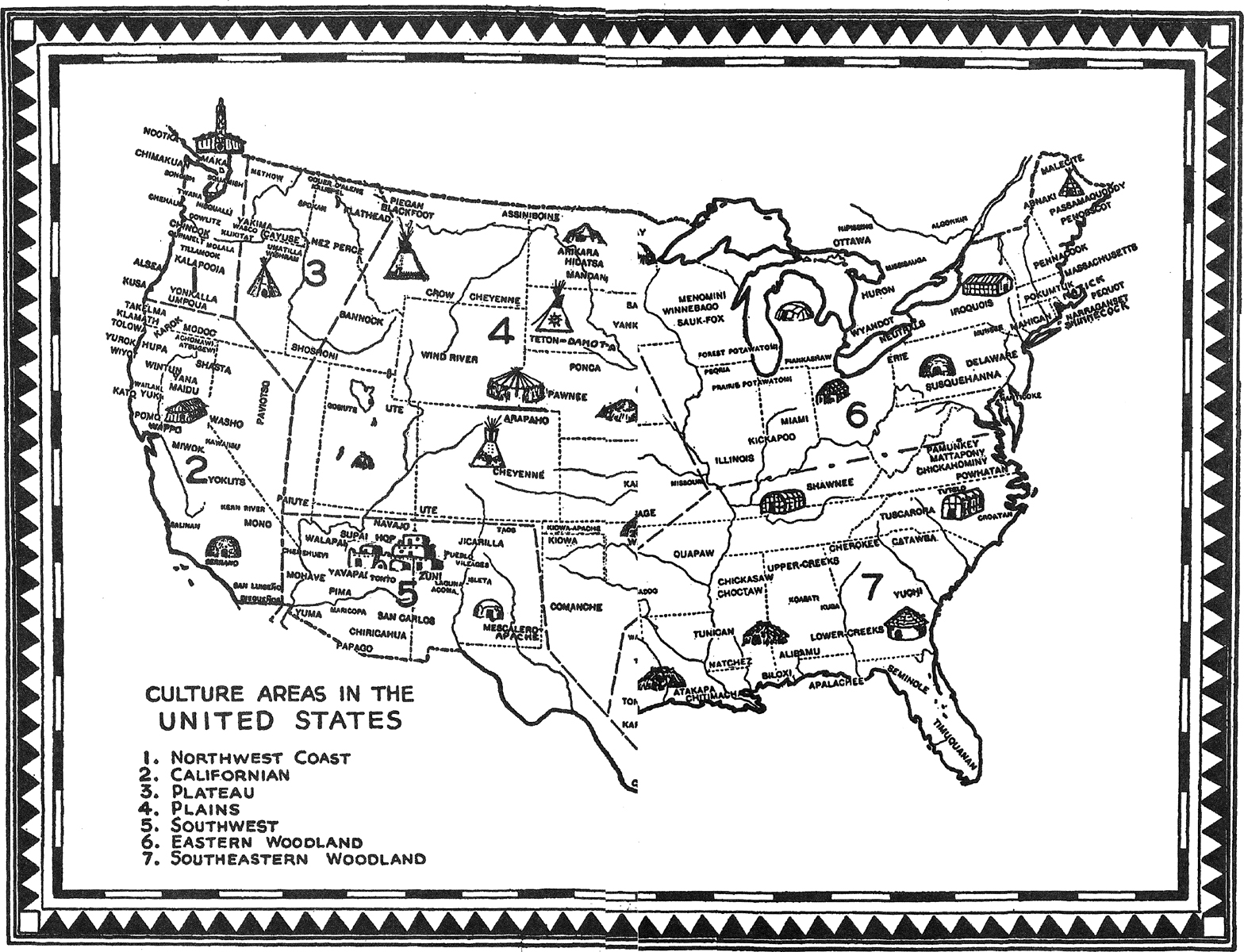
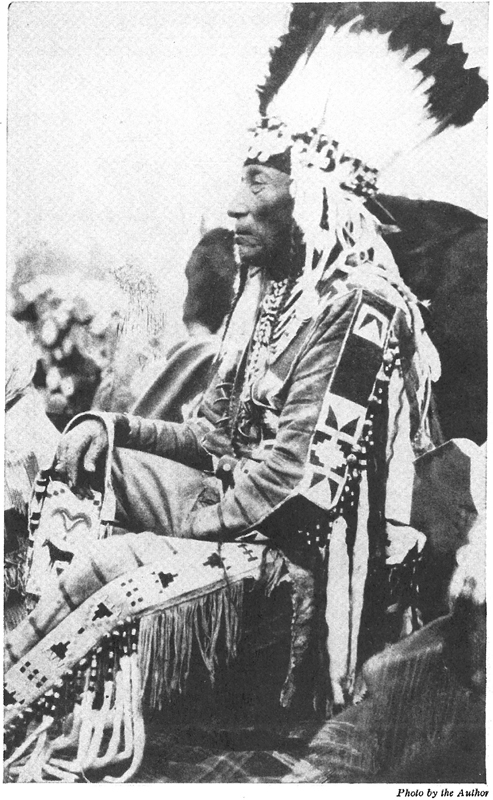
Curly Bear, Chief of the Blackfoot
TO
DOROTHY
WHOSE PRACTICAL HELP, INSPIRATION AND ENCOURAGEMENT MADE IT POSSIBLE FOR ME TO FINALLY BRING THIS BOOK INTO BEING
For permission to use many of the illustrations that appear throughout the text the author is indebted to the following institutions:
| American Museum of Natural History | (AMNH) |
| Smithsonian Institution | (SI) |
| Bureau of American Ethnology | (BAE) |
| United States National Museum | (USNM) |
| Junior Red Cross News | (JRCN) |
The letters in parenthesis are used with these illustrations to indicate their source.

First printed by Harper & Brothers in 1928
FIRST SKYHORSE PUBLISHING EDITION 2015
All rights reserved. No part of this book may be reproduced in any manner without the express written consent of the publisher, except in the case of brief excerpts in critical reviews or articles. All inquiries should be addressed to Skyhorse Publishing, 307 West 36th Street, 11th Floor, New York, NY 10018.
Skyhorse Publishing books may be purchased in bulk at special discounts for sales promotion, corporate gifts, fund-raising, or educational purposes. Special editions can also be created to specifications. For details, contact the Special Sales Department, Skyhorse Publishing, 307 West 36th Street, 11th Floor, New York, NY 10018 or info@skyhorsepublishing.com.
Skyhorse and Skyhorse Publishing are registered trademarks of Skyhorse Publishing, Inc., a Delaware corporation.
Visit our website at www.skyhorsepublishing.com.
10 9 8 7 6 5 4 3 2 1
Library of Congress Cataloging-in-Publication Data is available on file.
Cover design by Jane Sheppard
Printed ISBN: 978-1-62914-577-8
Ebook ISBN: 978-1-62914-878-6
Printed in the United States of America
T HE idea of this book was really Curly Bears, not mine. It came one night as I was seated in his lodge with Apikuni (James Willard Schultz), listening to Heavy Eyes, Many Tail Feathers, White Grass, and other old men tell stories of the days when the plains were black with buffalo. All these tales of wonderful adventure were told Apikuni so that he might preserve them in a book that he was writing. It was just as Heavy Breast finished telling us how he made the traps to catch the weasels, whose white skins decorated the costume he was wearing, that Curly Bear spoke.
Our stories Apikuni keeps for our children by putting them in his thick writings [books] but our handwork will go with us to the Sand Hills.
Yes, so it is, said White Grass; our young men no longer know how to make traps of bark and sinew. They buy those of steel from the trader. So it is with all that they need.
Yet the old ways were good ways, said Curly Bear, and the things that Old Man taught us in the beginning should not be allowed to die. Would that they, too, might be put down in a thick writing.
And so to fulfill the desire of my old friend Curly Bear and also because I knew that boys and girls wanted to learn how to do things the Indians did, this book was written.
Camp directors and leaders of the great outdoor movements such as the Boy Scouts, Girl Scouts, and Camp Fire Girls have found in Indian lore an opportunity to enrich their programs in handicraft, pageantry, and ceremonial and to give to their work more romance and color. The schools, too, have found in the almost universal appeal that the Indian makes to the child, a method of using Indian lore for teaching many subjects. A project in Science carried out by the Lincoln Elementary School, Teachers College, Columbia University, which began with a study of Indian methods of growing cotton, led the children to a general study of Indian life. When it was over it was found that in addition to Science the children had touched on the following subjects: Reading, through Indian stories; Spelling, through Indian words; Geography, from the study of the Indians physical environment; History, through a study of the Indians relations to the white race; Household Arts, by cooking Indian dishes; Fine Arts, by reproducing Indian designs; and Physical Education, through Indian dances. The report says, It is a study that is rich in worth-while leads. It has a historical as well as a social significance for the child. It is a subject to which children continually return, even after it has been replaced by another central activity.
A summer camp, perhaps, offers the best opportunities for the development of a program of Indian lore, for it may be adapted to all parts of the camps work. Tents, buildings, boats, and other equipment may be decorated with Indian designs. Indian meals may be occasionally served, made up of foods grown in an Indian garden. The handicrafts offer a variety of opportunities for indoor and outdoor activities, while field trips in search of materials will add new interest to nature study. Indian games, quiet and active, may well take their place with the better-known sports. Indian stories told round the camp fire and accompanied with ceremonials and dances provide an outlet for emotional expression and adventure through the imagination.
In the preparation of this book it was necessary for me to supplement my field work by drawing from the vast amount of ethnological data collected by scientific institutions. To the publications of these institutions I am especially indebted: Bureau of American Ethnology; Smithsonian Institution; American Museum of Natural History; Museum of the American Indian, Heye Foundation; Peabody Museum; Field Museum of Natural History; University of California; Canadian National Museum. I am also under obligation to the same institutions for the use of many of the illustrations.
To those ethnologists who have critically read over parts of my manuscript and have offered many helpful suggestions, I am profoundly indebted and here extend my grateful thanks: to Dr. Pliny E. Goddard of the American Museum of Natural History, who read .
I have also to express my obligation to many friends, Indian and white, for practical help and encouragement. Of these I want to specially mention Mr. Ernest Thompson Seton, who through his books and early camps encouraged me to continue and develop my interest in the Indians; Mr. Ralph Hubbard, with whom I was associated in the production of boy scout Indian pageants in this country and in Europe, who has been a source of constant inspiration; Mr. James Willard Schultz for many courtesies while I was on the Black-foot Reservation; Mr. A. Verne Westlake and Mr. Fay Welch, who helped me with the music.
In recent years there has been a renewed and growing interest in the American Indian and with it a realization of the contribution to American art, music, and drama that he has already made. This has led to an effort to preserve some of his arts and crafts that still remain. It is my hope that this book may contribute to this movement by interesting boys and girls in reviving some of the arts of the first Americans.
Font size:
Interval:
Bookmark:
Similar books «The Book of Indian Crafts and Indian Lore»
Look at similar books to The Book of Indian Crafts and Indian Lore. We have selected literature similar in name and meaning in the hope of providing readers with more options to find new, interesting, not yet read works.
Discussion, reviews of the book The Book of Indian Crafts and Indian Lore and just readers' own opinions. Leave your comments, write what you think about the work, its meaning or the main characters. Specify what exactly you liked and what you didn't like, and why you think so.

